Ford Mustang (1999-2004) Service Manual: Master Cylinder - Hydro-Boost
Removal
1. Disconnect the fluid level sensor connector.
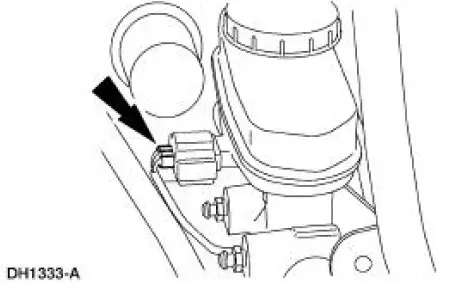
2. Disconnect the brake tubes.
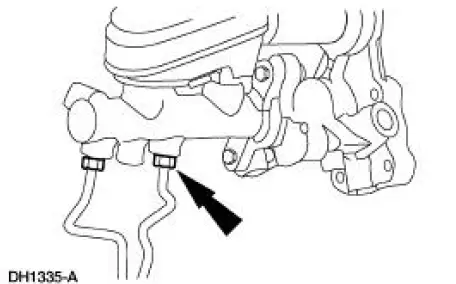
3. Remove the brake master cylinder nuts.
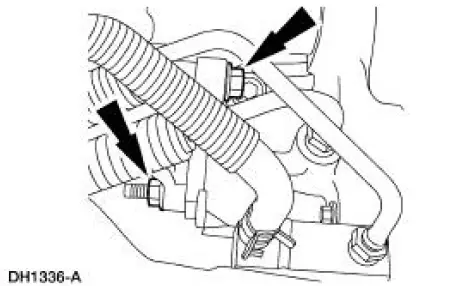
4. Remove the brake master cylinder (2140).
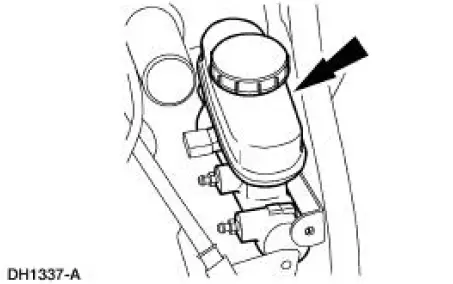
Installation
1. To install, reverse the removal procedure.
- Bleed the brake system.
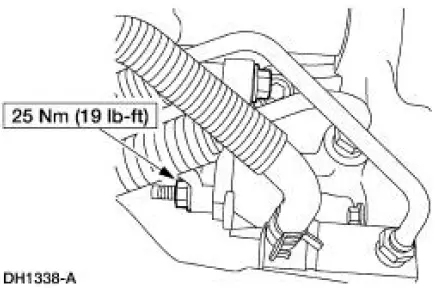
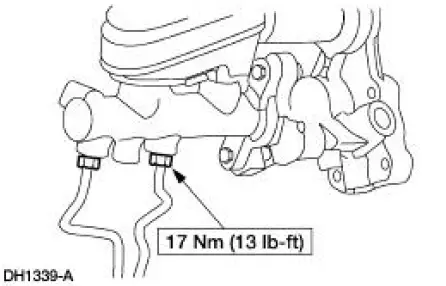
 Master Cylinder
Master Cylinder
Removal
1. Disconnect the fluid level sensor connector.
2. Disconnect the brake tubes.
3. Remove the brake master cylinder nuts.
4. Remove the brake master cylinder (2140).
Installation
1. To ...
 Reservoir
Reservoir
Removal
WARNING: Brake fluid contains polyglycol ethers and polyglycols.
Avoid contact with
eyes. Wash hands thoroughly after handling. If brake fluid contacts eyes,
flush eyes with
running wat ...
Other materials:
Accelerator Cable - 4.6L (2V)
Removal and Installation
1. Push the accelerator cable nylon bushing out of the accelerator pedal and
shaft arm.
2. Remove the bolts retaining the accelerator cable to the dash panel.
3. Disconnect the accelerator cable from the throttle body by rotating ...
Oil Pump Screen and Pickup Tube
Removal and Installation
1. Remove the oil pan (6675). For additional information, refer to Oil
Pan in this section.
2. Remove the oil pump screen cover and tube (6622) and discard the gasket.
1. Remove the nut.
2. Remove the two bolts.
3. Remov ...
Pinpoint Test O: DTC B1870 - Air Bag Indicator Shorted to Battery
Normal Operation
The air bag indicator is designed to illuminate for 6 (+/-2) seconds
when the ignition switch is turned to
the RUN position. This initial 6 seconds of illumination is considered
normal operation and is called
proveout of the air ba ...
